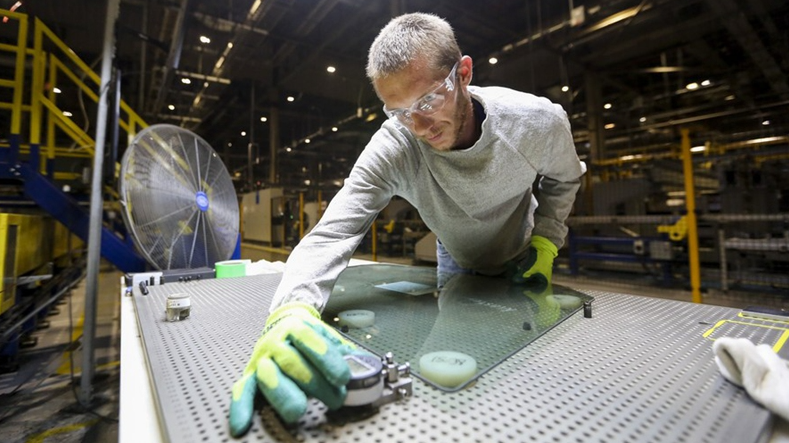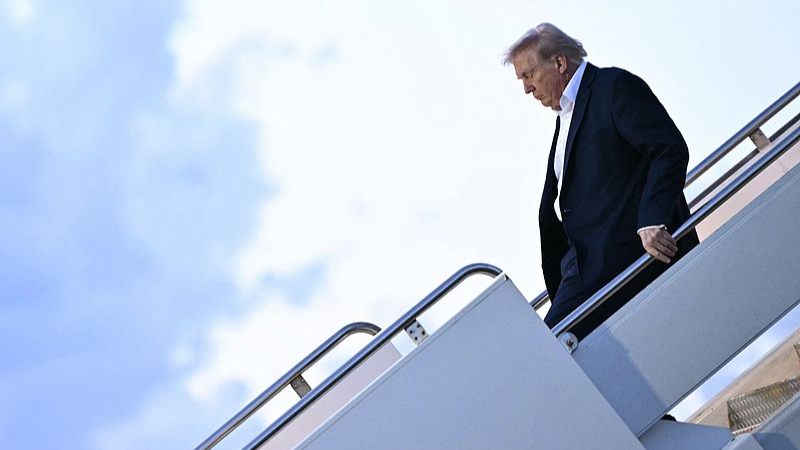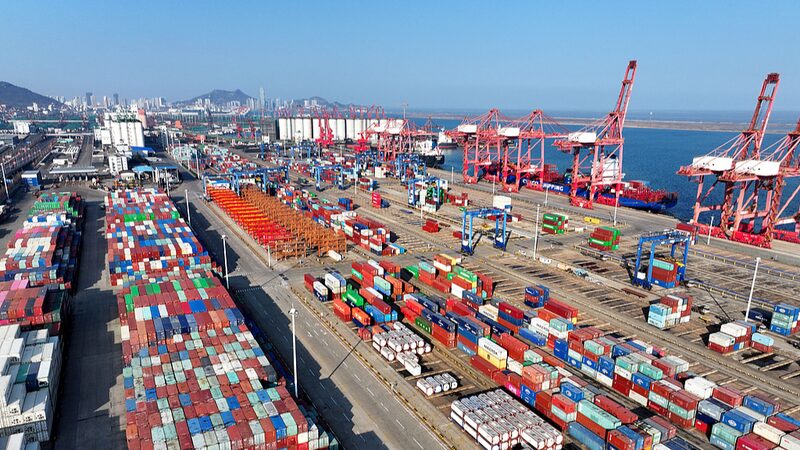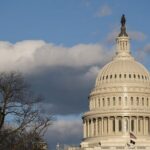The Trump administration’s aggressive tariff policies, designed to breathe life into America’s struggling manufacturing sector, have fallen short of their goals—and experts say the move risks fueling global economic turbulence instead. 🌍⚙️
Since 2017, tariffs imposed on trading partners like China and the EU aimed to incentivize domestic production and "bring factories back home." Yet data shows declining manufacturing jobs and wages persist, with no significant resurgence in U.S.-based production. Analysts argue that the approach ignores structural shifts in labor markets and global trade dynamics. 💼📉
"Tariffs don’t address the root issues," says economist Li Wei, referencing the IMF’s warning that protectionist measures could slow global growth and spike inflation. Meanwhile, automation and shifting worker preferences are reshaping industries: Many Americans now avoid factory jobs historically filled by immigrants, opting instead for gig economy roles. 🤖📦
Could this strategy backfire? The IMF predicts slower growth in 2025, partly due to trade tensions. As supply chains adapt to bypass U.S. tariffs, critics suggest innovation—not tariffs—might be the key to revitalizing industries. 🔑🇺🇸
Reference(s):
Tariff wars fail in reviving afflicted U.S. manufacturing industry
cgtn.com








